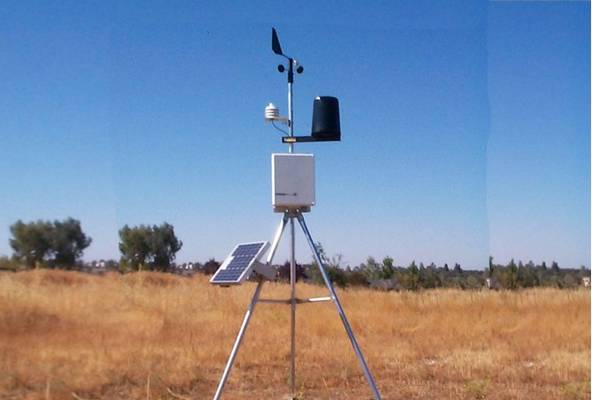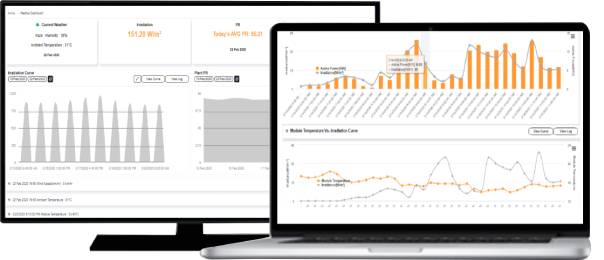Frequently Asked Questions
Request a call back


Integrated Weather Monitoring system with multiple sensors like Irradiation (Pyranometer), Module/Ambient temperature, Wind Speed & Direction sensors
Logics PowerAMR Automated Weather Monitoring Station (WMS) automatically monitors site meteorological conditions in real-time, transmitting weather sensor’s data to our IoT based monitoring platform. It is a fully computerized, digital and self contained power source system, fitted with data logger and battery charging solar panel along with sensors mounted on Tripod stand with sealed water proof enclosure for data logger, solar charger and battery.
The all-in-one weather station reduces the installation, support and maintenance cost while improving the robustness and manageability of the PV plant monitoring solution/ smart farming/ environment monitoring

The expanded sensor set enables plant management across a broad range of plant sizes & requirement.
The WMS is deliveredready for installation and requires the installer tomechanically mount the sensors on a Mounting Stand, Insert SIM card in thedata logger and connect with power and communicationcable. The key components of WMS include-


